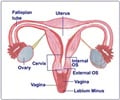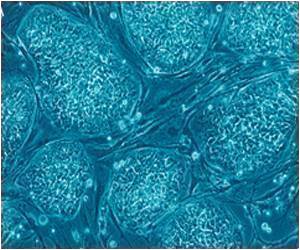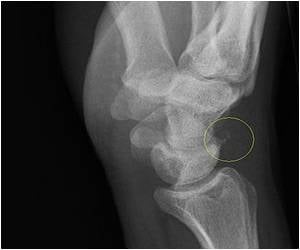Identifying root causes of poorly maintained WASH infrastructure, and understanding the deeply embedded socio-cultural values around menstrual hygiene management can provide supportive school environments for menstruating girls, reports a new study.

‘Current menstrual hygiene management strategies need to address the root causes of poor WASH infrastructure and ensure facility design is sensitive to the gendered and strongly embedded local socio-cultural values and beliefs around menstrual hygiene management.
’





"We found that deeply embedded socio-cultural values and beliefs around menstrual hygiene management still need to be addressed in order to provide truly supportive school environments for menstruating girls," said Marni Sommer, DrPH, RN, associate professor of Sociomedical Sciences. "To be truly effective, we must strategize to identify the root causes of poor WASH infrastructure and ensure facility design is sensitive to the needs of girls."
To conduct the study, data were collected in six rural and urban sites in three provinces in Pakistan between February 2015 and March 2017. The researchers used participatory activities with 312 girls aged 16-19 years of age, both in-school and out-of-school. They also interviewed 42 key informants with school administrators and teachers, health care providers, mothers, and local religious elders, and observed seven school WASH facilities. Three key themes emerged from the data: a poorly maintained, girls-unfriendly School WASH infrastructure was a result of gender-insensitive design, a cultural devaluation of toilet cleaners and inadequate governing practices; the design of WASH facilities did not align with traditionally-determined modes of disposal of the most common used absorbents; and traditional menstrual management practices situate girls in an 'alternate space' characterized by withdrawal from many daily routines.
"These three socio-culturally determined practices interacted in a complex manner, often leading to interrupted class engagement and attendance," noted Sommer. "Schools were not the most hospitable space for menstruating girls, and further analysis of our data suggested the most logical step, as reported by the girls and teachers, was to stay at home for the first 2-3 days of menses."
"Findings from our study identify additional gaps in the research, but can also lead to policy and practice recommendations that will make school environments more enabling and improve girls' engagement during menstruation."
Source-Eurekalert














